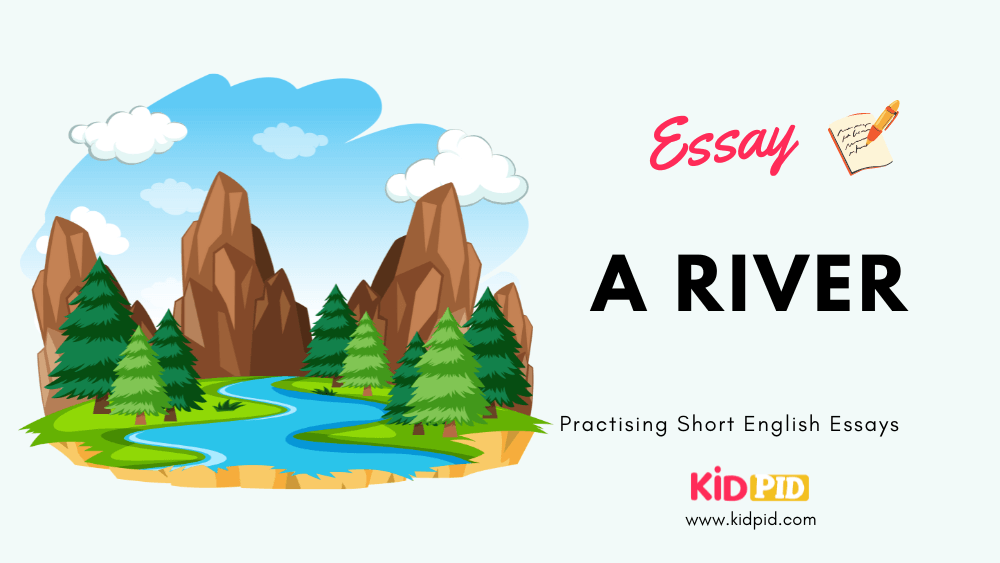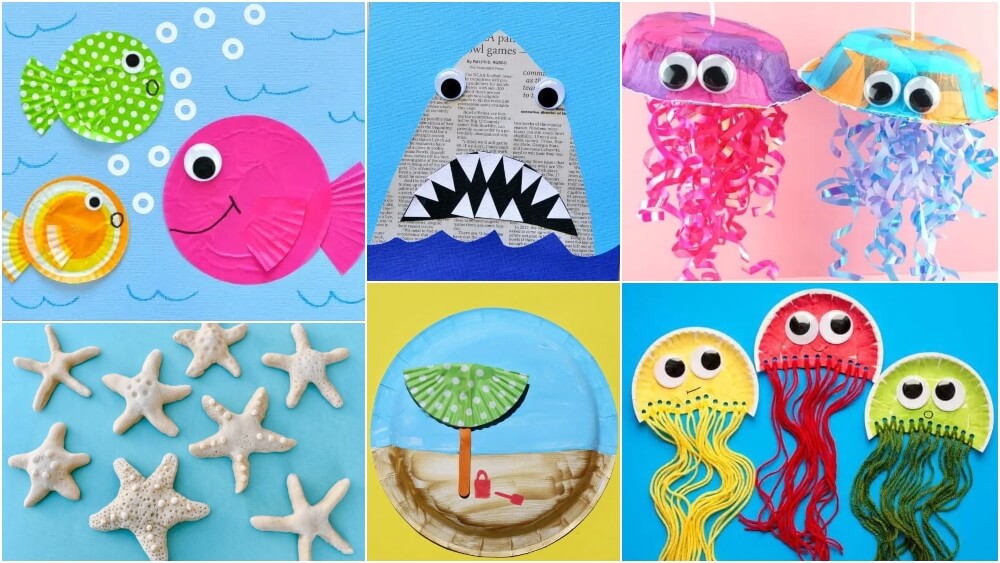Essay: A River (500 Words)

Since freshwater is a requirement for human life, rivers are the foundation of human civilization. Rivers are the greatest freshwater bodies and are essential to human life. In actuality, all ancient and modern civilizations originated close to riverbanks. In other terms, they are the earth’s life-supporting veins.
Everywhere throughout the globe, there are rivers. There are warm and cold rivers and swift and sluggish rivers. Rivers are both broad and narrow. Typically, a stream is used to describe a narrow river. From a mountain or a large lake, rivers emerge. Some are nourished by rainwater, while others by snow water. They move quickly and carry debris like shells, plants, boulders, and layers of silt and dust. A river is thin and narrow at its source, but as it flows, it becomes wider. Occasionally smaller rivers are known as tributaries. Finally, the main river joins. A river is a significant geographic feature because it gives us access to water for all of our needs. In addition to residential uses, we rinse with it. Trade and transportation. Rivers are vital for agriculture. In reality, many farmers rely on rivers for their agricultural needs. Deserts may be transformed into profitable farmland by rivers. They can also be employed in the construction of dams.
On high ground, a river starts as a little trickle of water. Rainfall, melting snow or ice, or an underground spring are all possible water sources. The trickle joins other trickles as it flows downward. It can be referred to as a creek, brook, or stream. The brook eventually develops into a river. The river runs quickly in its upper course. It slashes across the terrain and gathers gravel and silt. The flowing water and the debris it transports further erode rock and soil. This is how the river forms canyons and deep valleys over hundreds or millions of years.
Rivers continue to be a major source of water for people. Every day, cities require enormous volumes of water for usage in residences and enterprises. Large riverboats, and barges, still transport grain, coal, and minerals. In addition, rivers are frequently used to generate electricity. Dams can also control river flow. As a result, they can avoid recurring floods, which is problematic for those close to rivers.
Rivers are polluted by industrial chemical waste. By discharging their garbage into the water, cities near rivers add to the issue. River preservation is more crucial than ever since pollution is increasing. To achieve this, we need to perform several actions. Animals that live in the water are not the only ones damaged by pollution. People who consume fish from polluted streams may get cancer or have other health issues because the contamination is absorbed into their systems.
Rivers are necessary because they are gifts from nature to humans. We receive so many benefits from it, yet water is heavily contaminated these days. To prevent this problem and protect our rivers for a better future, we must all work together.






Responses